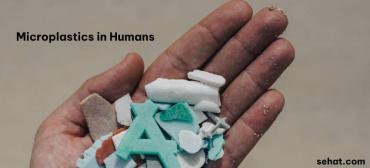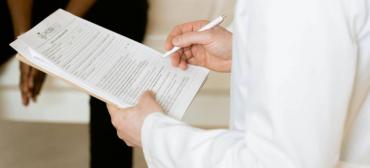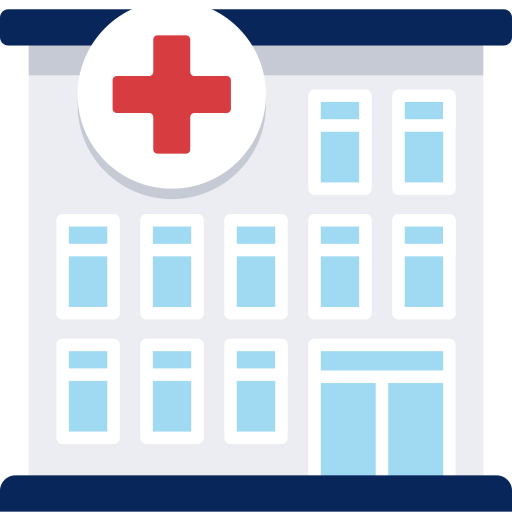Computed tomography enterography
(Computed tomography enterography)
Procedure overview
CT enterography is a diagnostic procedure that uses CT imagery and a contrast material for a better view of the interior of the small intestine. The procedure allows your doctor to determine what is causing your condition. He or she can also tell how well you're responding to treatment for a health issue, such as Crohn's disease.
| |
| The Digestive Tract. Click to Enlarge |
Reasons for the procedure
CT enterography is typically performed in order to:
-
Identify inflammation
-
Find out if tumors are present
-
Find bowel obstructions or abscesses
-
Find the source of bleeding
Risks of the procedure
Because CT enterography uses X-ray technology, radiation exposure can pose some risk. Talk with your doctor about this risk.
You should let your doctor know if you have any allergies, particularly if you have had an allergic reaction to contrast materials or dyes before.
If you are pregnant or suspect that you may be pregnant, tell your doctor.
There may be other risks, depending upon your specific medical condition. Be sure to discuss any concerns with your doctor before the procedure.
Benefits of the procedure
CT enterography is a quick, accurate, noninvasive procedure. No pain is involved.
Unlike regular X-ray images, CT enterography is able to provide detailed images of tissue and structures, such as bone and blood vessels.
Before the procedure:
-
Be sure to let your doctor know about any recent infections or illnesses, as well as any chronic conditions that you have, such as diabetes, asthma, heart disease, thyroid problems, and kidney disease.
-
You will be asked to stop eating and drinking about four hours before the procedure.
-
You may wear a gown during CT enterography, but you should wear comfortable, loose-fitting clothes the day of the procedure.
-
Remember to remove all jewelry and other metal objects, and ask whether you need to remove any hearing aids and metal dental devices that can be taken out.
CT Scanner
During the procedure:
-
The first step in a CT enterography is to drink a few glasses of liquid over the course of about an hour. The liquid includes the contrast material that will help the radiologist better see the inside of your small intestine on the CT scan. Instead of drinking a contrast solution, you may have it given by enema.
-
You may also be given a different type of contrast, which is injected through an intravenous (IV) line; the exact type of imaging used will determine this.
-
After you have finished drinking the contrast liquid solution, you will lie on a table, probably on your back. As you lie on the table, it will slowly move through the CT scanning machine to capture the X-ray images.
-
You will likely be asked to hold your breath for brief periods while the machine is scanning. The procedure is painless, but you will have to lie still for a period of time, which could be uncomfortable for some people.
After the procedure
The CT enterography procedure does not cause any lasting side effects, and needs no recovery time because it requires no incisions or sedation. You can resume your regular activities as soon as the procedure is completed.
A radiologist will review your test results and send them to your doctor. You will then have a follow-up phone call or visit with your doctor to discuss the results and next steps.
Related Questions
Mantoux Test Query
- 3853 Days ago
- Tests & Procedures
My Rheumatoid Factor is - H 74 IU/mL
- 4012 Days ago
- Tests & Procedures
Suffering from piles
- 4133 Days ago
- Tests & Procedures
widal positive
- 4247 Days ago
- Tests & Procedures
Whitish viscosity
- 4256 Days ago
- Tests & Procedures
LINAC procudure, 3DRT and IMRT
- 4270 Days ago
- Tests & Procedures
Ecg of heart showed T wave changes
- 4311 Days ago
- Tests & Procedures
CT Coronary Angiography
- 4295 Days ago
- Tests & Procedures





















